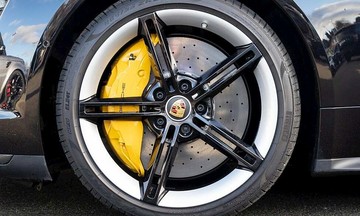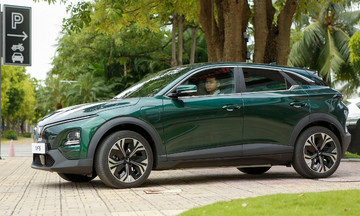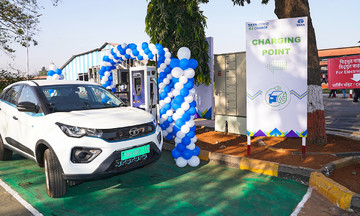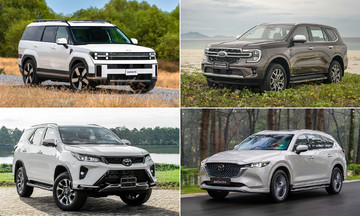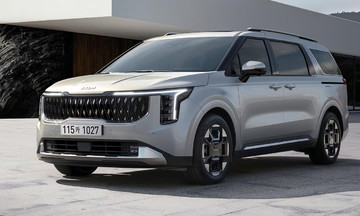Vietnam's A-segment car market saw 489 deliveries in July 2025, a nearly 25% increase compared to June. The Hyundai i10 led the segment with 263 units sold, a 37% increase from the previous month. This marks a significant rebound for the South Korean model after three consecutive months of declining sales.
Meanwhile, the Toyota Wigo returned to its usual second-place position with 219 vehicles sold, a slight 12% increase compared to June. The Japanese A-segment model has maintained steady demand, with sales gradually increasing since the middle of the year. Conversely, the Kia Morning continued its decline, selling only 7 units in July, virtually disappearing from the market. The model has struggled with single-digit sales figures for the past three months.
In the first 7 months of 2025, the Hyundai i10 remains the segment leader with 1,857 units sold, capturing approximately 54% of the market share. The Toyota Wigo follows closely behind with 1,377 units, representing about 40% of the market. The gap between the two models has narrowed to 480 units, significantly less than the same period last year, highlighting the intensifying competition. While the i10 enjoyed a near-monopoly after the VinFast Fadil was discontinued in mid-2022, the Wigo has emerged as a direct competitor.
 |
The Hyundai i10 sedan in the Vietnamese market. Photo: TC Motor |
The Hyundai i10 sedan in the Vietnamese market. Photo: TC Motor
Compared to the same period in 2024, when the entire segment reached 4,389 vehicles in the first 7 months, this year's sales reached only 3,415 units, a decrease of over 22%. Consumers are increasingly favoring small urban SUVs or affordable electric vehicles, which offer comparable pricing with more choices and features.
Experts predict that the A-segment in Vietnam will remain subdued in the latter half of 2025, with little chance of a breakthrough. The Hyundai i10 is likely to maintain its lead due to its established brand and stable domestic assembly supply. However, the Wigo still has the opportunity to close the gap by maintaining stable sales and introducing further incentive programs.
Ho Tan





